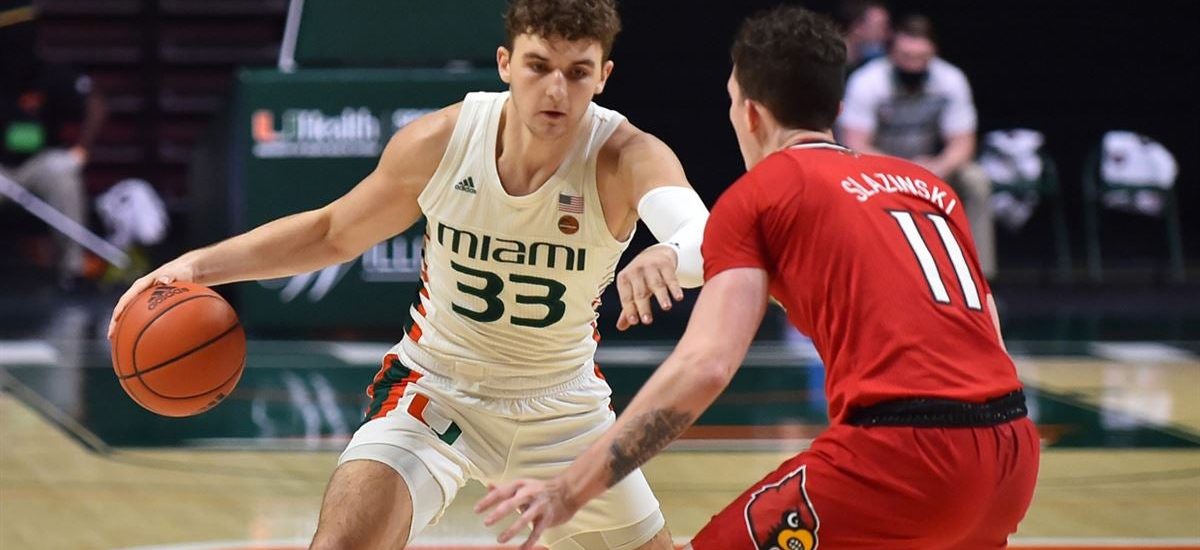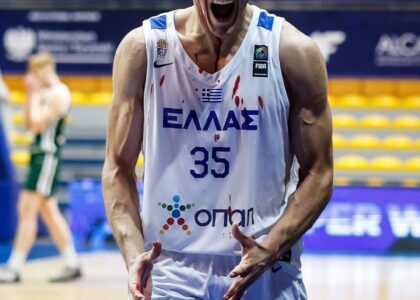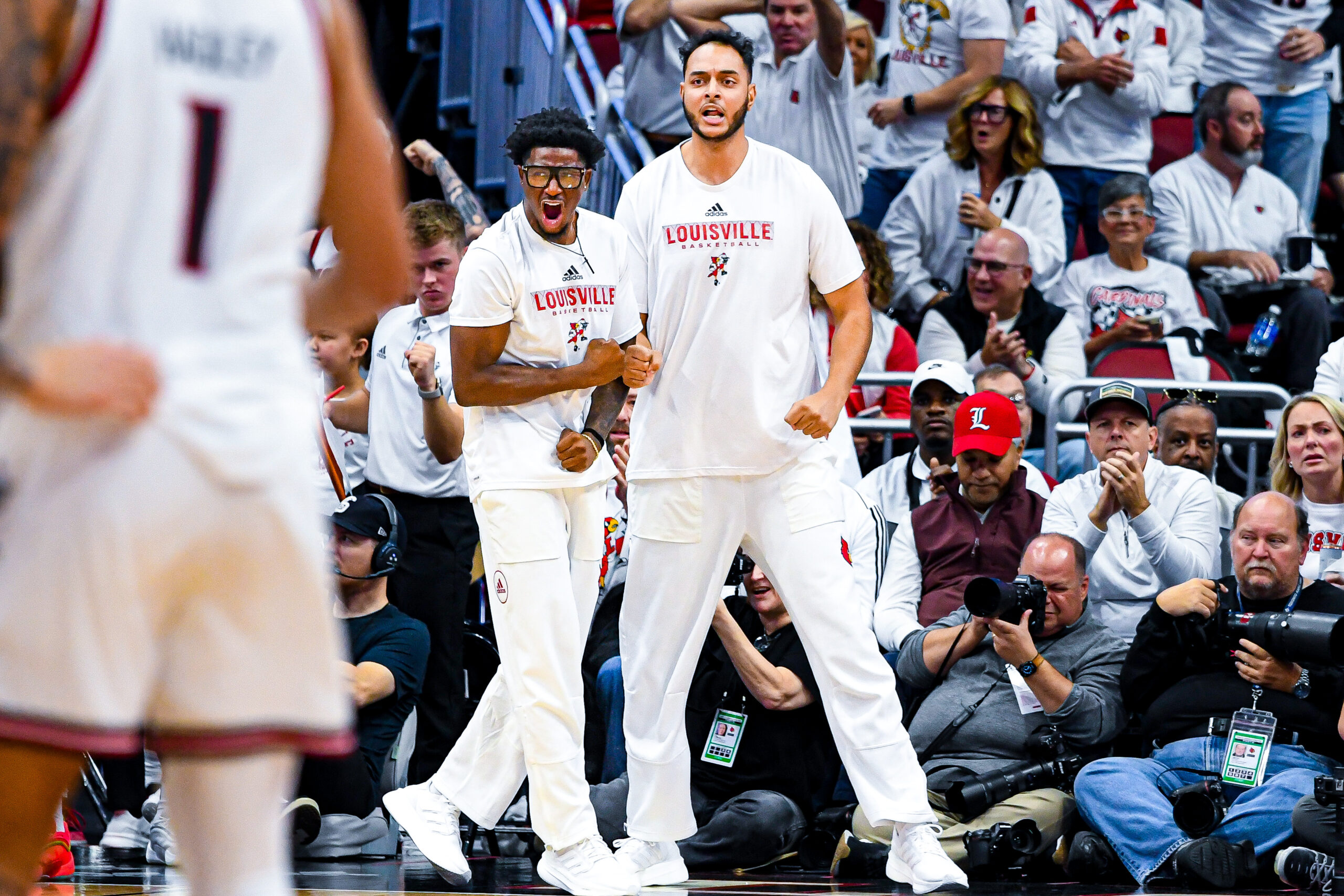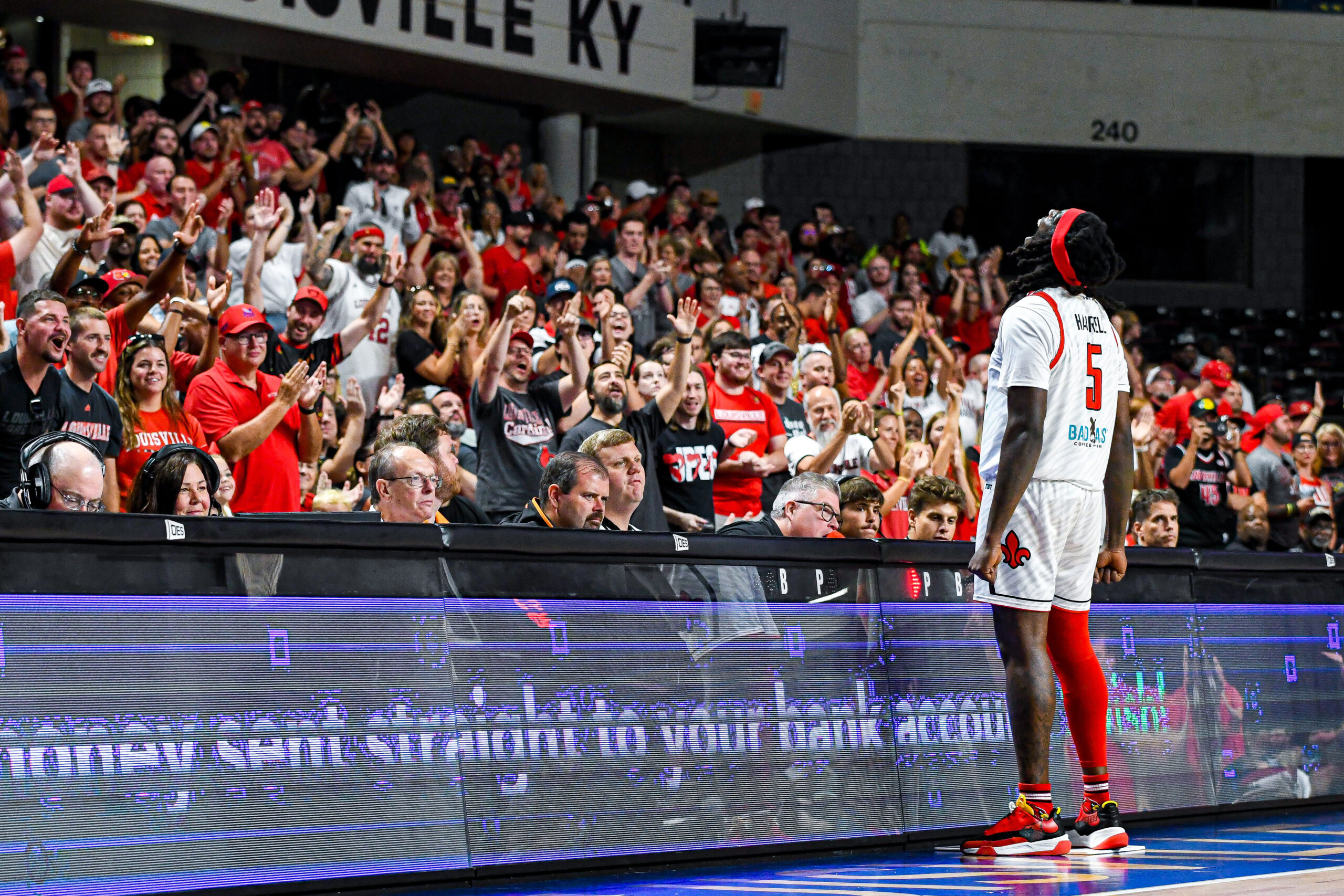Louisville basketball is making Billy Beane-esque transfer acquisitions.
Part of the American population should be able to pick up on the “Moneyball” reference, tongue-in-cheek as it may be. The same demographic of sports nerds that scrolled past hundreds of recent movies and halted marathons of binge-worthy seasons on Netflix to check out the sports drama masterpiece.
“Moneyball”, a biopic surrounding the 2002 Oakland A’s, specifically GM Billy Beane’s unconventional tactics to build a successful roster using statistical metrics to fill the void of the big names that departed in the offseason. The unconventional route was frowned upon by old money baseball execs, experts, and talent scouts.
It was also said that the on-paper statistical approach was geared more toward finding seasoned college players to fill roster vacancies rather than the blue blood route of drafting talented and athletic high school kids to develop.
Sound familiar? Because it should.
Also read: Three reasons Chris Mack locked in on Noah Locke
3-point shooting woes
Louisville could only sit back and watch as the unstoppable Baylor Bears tore through the NCAA Tournament on the heels of red hot shooting, ultimately hoisting the championship trophy. So what did we learn?
The Cardinals shot surprisingly poor as a team, hitting only 30.84% of their 3-pointers in the 2020-21 season, ranking all the way back at 297th in the nation. Good for 3rd-worst among Power 5 schools. 2nd-worst in the ACC.
Yay.
To top it all off, UofL’s best shooter from long range (10+ attempts) was JJ Traynor, a 6’8″ true freshman beanpole who wasn’t even said to be a major threat from deep (no shade). Well, JJ went out and shot 50% from three last season, a super weird stat. Mack was seemingly hip to all of these revelations. He was also hip to the imminent moves coming down the pipe.
Voids on the roster
Okay, first off – David Johnson is a pro talent and we all saw this coming. Most of us, anyway.
His departure was a foregone conclusion even preseason. So, no real surprise there. Problem is, he was shooting the 3-ball at a high percentage on Louisville compared to the rest of the roster (38%), outside of Traynor. Not to mention, Johnson was the Cards’ most athletic player.
Josh Nickelberry got a raw deal at Louisville, so I won’t nail him for his shooting disparities. Injuries can really foil your rhythm. Nonetheless, after two recent coaching vacancies and a couple of de-commitments to compound, Chris Mack had some choices to make on the open market (the transfer portal) – some gaps to fill. COVID-19 eligibility rules and new transfer rules being the primary vessels.
The loitering purple elephant’s time to be recognized was nigh.
Let’s get into the meat and potatoes (pronounced PUH-TAY-TUHZ) of how Mack is filling out this roster via Beane’s methods of mayhem. It seems fun, but can it work? Is it a band-aid for sword wound? Dare I ask, is it…is it genius??
“Moneyball Mack”
Beane’s hypothesis wasn’t at all complicated. It was at the time, however, overtly unorthodox.
He took away the eye test and inserted metrics. Stats on paper, as I explained. The A’s lost their best players, so in turn, Beane replaced them with under-the-radar guys that aggregately got on base at the same rate or better, though they may have lacked equal skill, athleticism, or clout that the outgoing players possessed.
In Beane’s eyes, this meant more cleats crossing home plate. And he was right. In 2002, The A’s went on a rampage, including a 20-game winning streak, taking 1st place in the MLB American League West. A memorable campaign. So how does this translate to Louisville’s situation?
Chris Mack said from the beginning of the offseason that his main focus would be improving 3-point shooting across the board. With this season’s transfer room being chocked full of opportunistic college players seeking a more prolific opportunity elsewhere, it seemed from the outset that long range threats were ripe for the picking:
Louisville’s incoming transfers/ 3PFG%:
El Ellis-40.3% (had already committed)
Matt Cross-40%
Noah Locke-40.4%
Jarrod West-40.8%
What it means for Louisville basketball
With the addition of these 4 players and the exit of Johnson and Nickelberry, Louisville sees a jump of 186 spots on the nation’s team 3-point shooting percentage heading into the preseason. It should be noted that point guard Carlik Jones has still not made a decision about his season next year, but this writer did not include his 32.1% as part of Louisville’s overall tally (Jones is probably gone).
The thing about Cross, Locke, and West is that none of them will wow you on tape.
Ellis will, though his game is still some distance away from a clean polish. But in Louisville’s case, Mack didn’t need big names to address this team’s needs. He did what he had to do to open the floor up for everyone next season.
He went the “Moneyball” route. As a result, Louisville will enter the 2021-22 season with five 40% or better 3-point shooters from the previous year for the first time in school history.
Looking at all of the additions and the roster as a whole, keeping in mind the new one-time transfer rules, this could be a real game changer not only for Louisville’s program, but college basketball through and through.






If d status quo is not good enough you must make changes baylor won because of three point shooters and defense when the three’s don’t fall they could also penetrate and rebound if a team can do that at a high level see you in the final 4😎